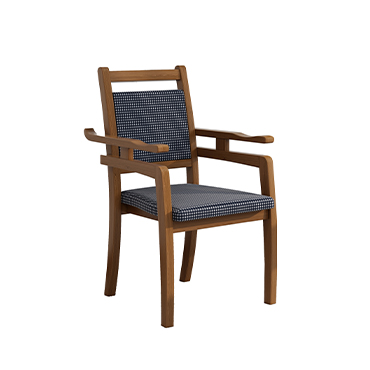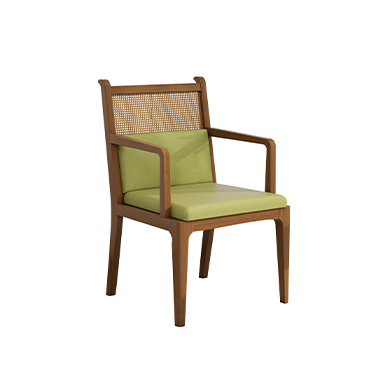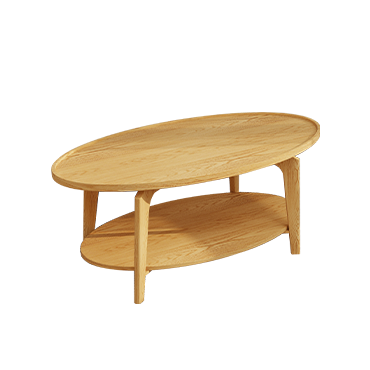Creating Senior-Friendly Living Spaces: Practical Tips for Comfort and Safety
As people age, daily movements that were once effortless may become slower or less stable. This makes it essential to design living spaces that prioritize safety, comfort, and usability. A thoughtfully planned room can help seniors maintain independence, improve quality of life, and provide peace of mind for families. Below is a practical guide tailored for global readers and optimized for SEO.
Three Core Elements: Location, Comfort, and Safety
Location: Choose a room on a lower floor whenever possible, preferably near the bathroom and common living areas. Proximity to the living room or dining area encourages family interaction and reduces loneliness. For households with pets, consider quieter areas to minimize stress from noise.
Comfort: Select rooms with good ventilation and natural light. Use insulation or window adjustments to maintain warmth in winter and prevent overheating in summer. Equip the room with climate-control appliances and easy-to-clean furniture. Ensure proper lighting levels — brighter lights and gradual transitions between light and dark areas reduce eye strain for seniors.
Safety: Focus on non-slip flooring, clutter-free walkways, and supportive handrails. Organized, obstacle-free spaces reduce the risk of falls and create a reassuring environment.
Practical Home Modifications Checklist
Evaluate daily pathways: Ensure clear, well-lit routes from the door to the bed and from the bed to the bathroom.
Improve flooring: Use slip-resistant materials and remove loose rugs unless secured with anti-slip backing. Reduce thresholds or add ramps for easier mobility.
Bedroom and bathroom layout: Place the bed closer to the bathroom and install grab bars near bedsides and toilets.
Upgrade lighting: Add nightlights in hallways, bedrooms, and bathrooms. Use even lighting across rooms to minimize sharp contrasts.
Choose supportive furniture: Chairs should have proper seat height, back support, and sturdy armrests to assist with standing up.
Simplify cleaning: Opt for stain-resistant, easy-to-clean surfaces and plan practical storage solutions.
Add assistive devices: Consider lift chairs, adjustable beds, emergency call systems, or remote lighting controls.
Test and adjust: After modifications, allow a trial period to identify and address further challenges.
Furniture and Material Considerations
Function over style: Prioritize practicality and ease of use over design alone.
Correct height: Furniture should allow both feet to rest flat on the floor for safe standing and sitting.
Durable and easy to maintain: Use materials that resist stains, wear, and are easy to clean.
Natural preference: Many seniors feel more comfortable with natural wood finishes that are both warm and durable.
Collaboration with Seniors: Respect and Gradual Change
Involve them in decisions: Always seek input and approval before making changes. Sudden, large adjustments without consent may cause frustration or stress.
Gradual organization: Avoid clearing out belongings all at once. Instead, take a step-by-step approach to minimize feelings of loss.
Preserve familiarity: Retain meaningful items and familiar layouts to maintain comfort and emotional stability.





